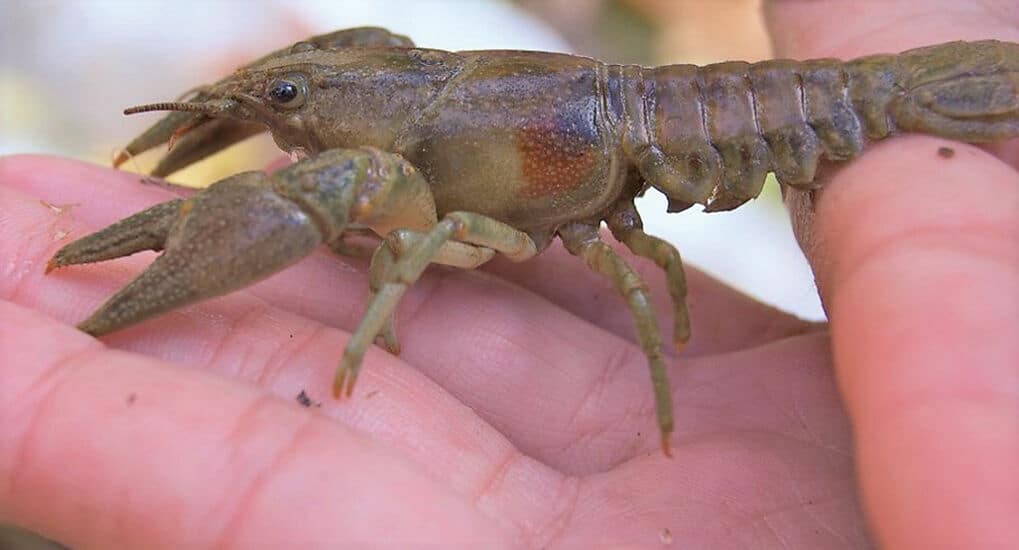The northern snakehead fish is practically something out of a sci-fi movie: a freakish-looking, invasive fish that has infiltrated our waterways. And what’s more, it can somehow drag itself out of the water and “walk” on land!
With the help of the Maryland Department of Natural Resources, a Ph.D. candidate from Wake Forest University is studying exactly how snakeheads can propel themselves on solid ground.
Noah Bressman conducts snakehead research. Photo: Maryland DNRNoah Bressman traveled to Maryland to study nearly a dozen adult and juvenile fish, captured by Maryland DNR for scientific study. The fish are placed on a large piece of artificial grass, with a dozen or so electrodes recording the fish’s slightest movement, while overhead videos record and still photographs capture its path.
“The department was excited when Noah requested to study overland movement of northern snakeheads,” Fishing and Boating Services Biologist Joseph Love said. “We were happy to support his thesis research by providing him information on snakehead biology and management, obtaining specimens and providing him laboratory space to conduct his research.”
Snakeheads can travel most terrain, and have the ability to survive out of water for days.
“(Northern snakeheads) make almost the same movements as soldiers,” Bressman said. “Soldiers crawl by moving their leg and opposite arm to move.”
But how do snakeheads make their muscles move their back fin and head in opposite direction to propel them forward? That’s something that hasn’t been fully understood.
Bressman notes that the northern snakehead is far less aggressive on land than in the water. On solid ground, it can be timid and even lethargic. Bressman says he’ll need more time, research and analysis to draw any conclusions. He will be back in Maryland in early 2018 for more observations.
Maryland DNR reminds people that the snakehead is invasive and troubling for native Chesapeake Bay species. The agency encourages local anglers to catch and keep them, never catch and release. For more information, click here.




